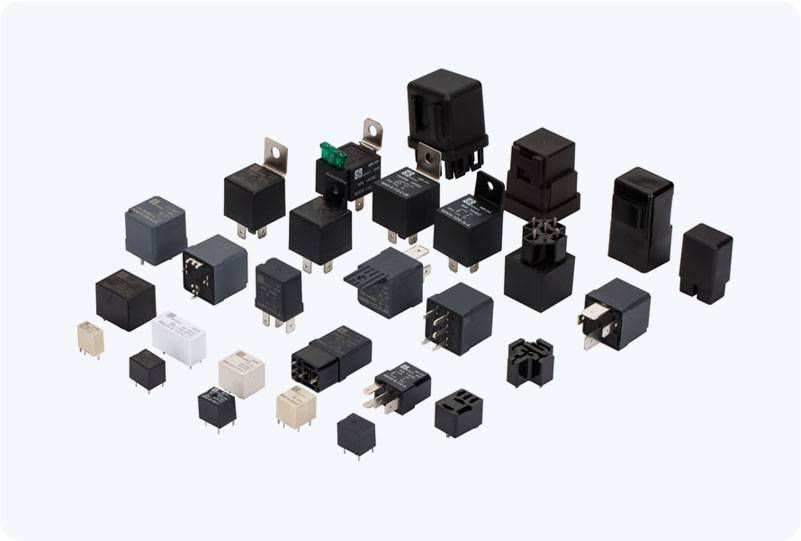When it comes to car electrical systems, two important components play a crucial role in ensuring the safety and efficiency of a vehicle’s power distribution: relays and fuses. While both are involved in protecting the car’s electrical circuits and components, they serve very different functions. This article will explore the key differences between relays and fuses in cars, their specific roles, and how they contribute to the overall functionality of a vehicle.

What is a Relay? A relay is an electrically operated switch that uses an electromagnet to open or close a circuit. In the context of cars, relays are typically used to control high-current devices, such as headlights, air conditioning compressors, or starter motors, with a low current signal. Relays are typically found in a car’s fuse box or relay panel and are designed to handle high voltage loads without putting unnecessary strain on the control circuits. When the car’s electrical system needs to activate a high-power component, such as turning on the air conditioning, a small current from the car’s control circuit is sent to the relay. This current energizes the electromagnet, which in turn closes the switch, allowing the main circuit to supply the necessary power to the device. Once the relay is de-energized, the switch opens, disconnecting the high-power component from the circuit.